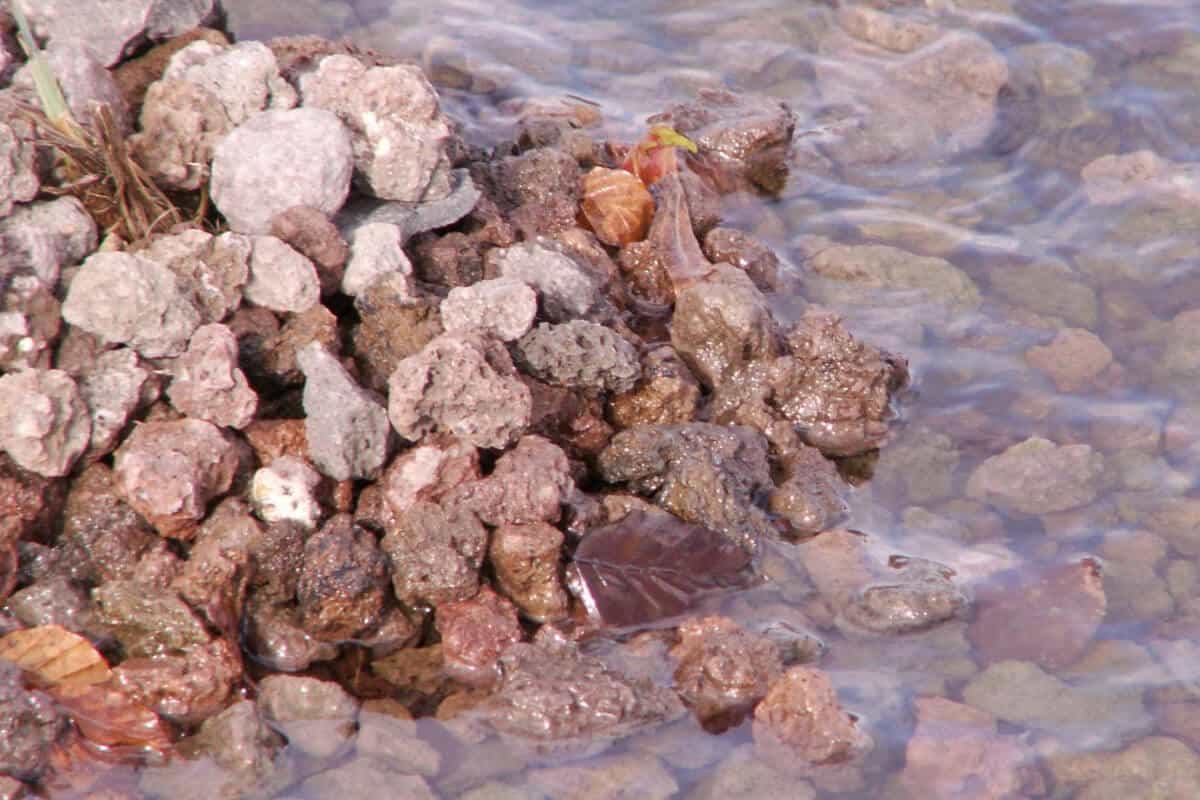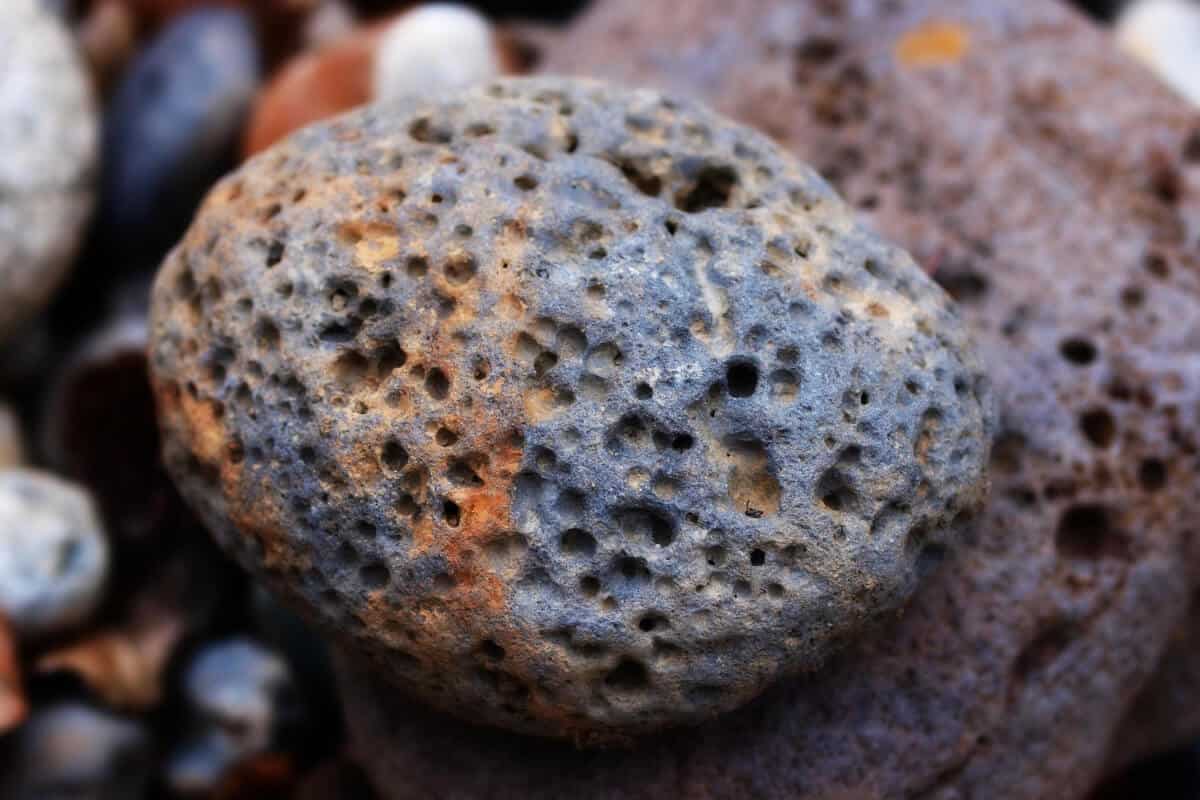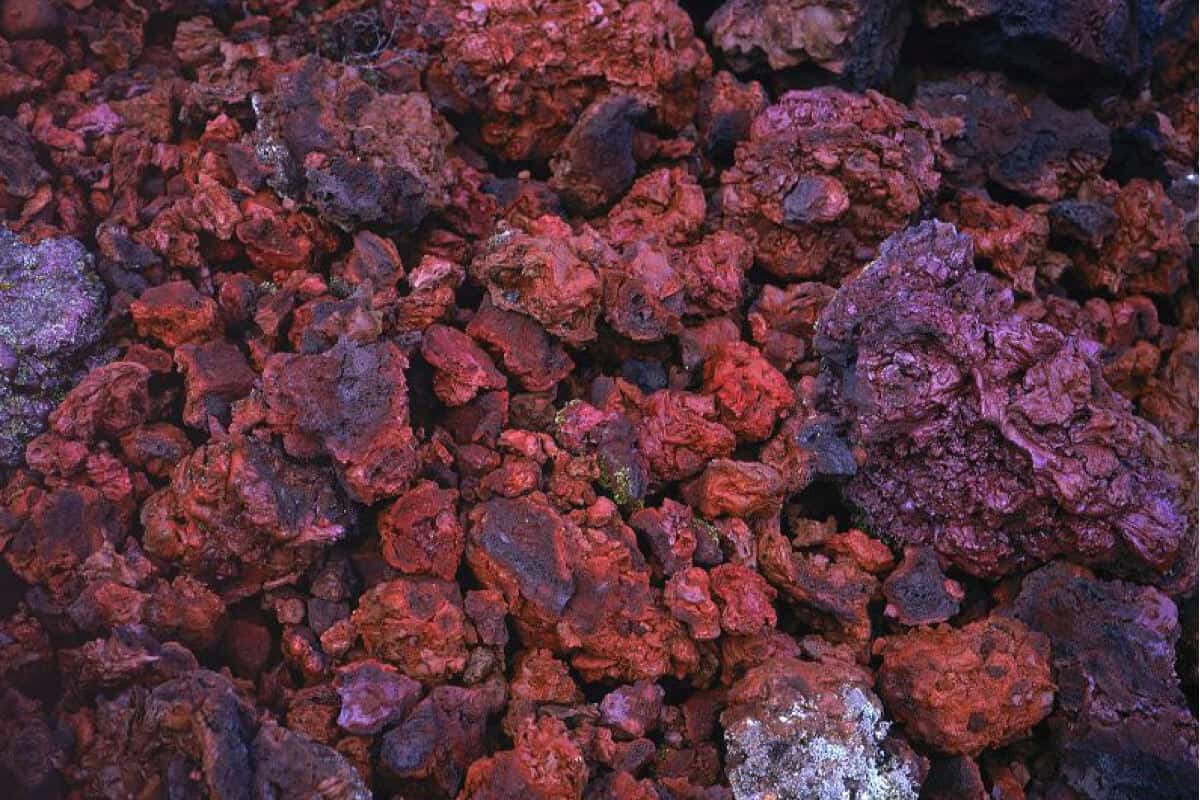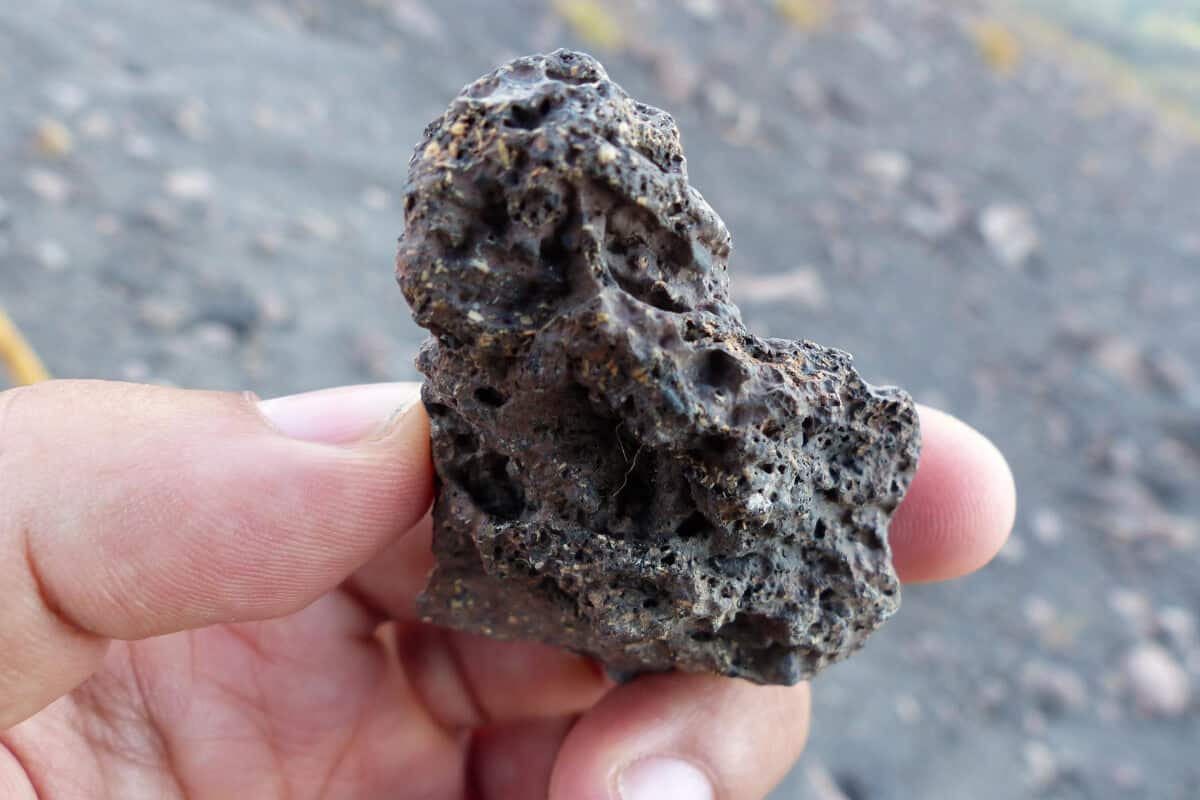Lava Rocks are one of the wide varieties of growth medium—such as Clay Pellets, Clay Aggregates, Clay Pebbles, Pea Gravel, River Rock, and others—to use in your hydroponic growing system.
They are a popular and common choice to use in as stand-alone growing medium in hydroponic growing systems due to their availability and low maintenance.
Not only do hydroponic Lava Rocks work well, but they could add a colorful flare to your hydroponics unit as they come in a few different solid color rocks.
- Related article: Best Hydroponic Growing Medium
We are going to explain the many advantages and disadvantages of using Lava Rock as a stand-alone hydroponic growing medium below!
What is Lava Rock?

Lava Rocks are small pebbles made from volcanic rocks. They are created by warming clay to about 2000 degrees Fahrenheit. As the clay expands, air pockets form that can absorb and release moisture.
Lava Rocks come in three colors—reddish-brown, black, and gray, so they are mostly used in color-coded grow sites.
Lava Rock can also be used for landscaping, mulch, or as fillers with soil in addition to being a growing medium for hydroponics.
Benefits of Lava Rock as a Growing Medium

- Lightweight – Lava Rocks are very lightweight due to the air pockets that form during their cooling process.
- Low maintenance – Lava Rock does not break down, so it will last a very long time in your hydroponics unit.
- Porous nature – Since Lava Rocks are very porous, it ensures balance of water, excellent drainage capability, and rare growth of fungus or bacteria on the surface of Lava Rocks.
- Chemically inert medium – There are no nutrients in Lava Rocks which means it won’t change the nutrient levels of your plant and its nutrient-rich water.
- Variation – There’s a wide variety of sizes, colors, and shapes of Lava Rocks, making it easy to customize your hydroponic set-up.
Disadvantages of Lava Rock as a Growing Medium

- Lightweight – This advantage could also be a disadvantage. They could be easily disturbed if someone were to bump into your hydroponic plant pots due to how light they are.
- High levels of aluminum – This can leach into the water and nutrient solution because of the high levels of aluminum.
- Sharp edges – The sharp edges can cut through and damage the plant roots or stems.
- Expensive – Price of Lava Rocks can range from $25-$50 per packages of Lava Rock, depending on the size and types of rocks, so they are quite expensive than other growing mediums.
- Low-quality rocks – Low-quality Lava Rocks often needs replacement than high-quality rocks as they are always filled with dust, sand, or other particles and are also more prone to breaking apart.
Tips for Using Lava Rock in Hydroponics

- Rinse your Lava Rocks – Lava Rocks easily collect dirt and dust, so it is a crucial factor to rinse them with clean and high-quality water so that it does not affect your hydroponics system. Rinse your rocks well until the water coming from them is clear, but you do not need to soak them overnight.
- Pay attention to the porousness of the rocks – Each rock has a different amount of porousness due to its holes. If your plants need more drainage, choose a type of Lava Rock with more holes.
- Look at local hardwares or home improvement stores to purchase – If you are unable to find a place to purchase Lava Rocks, try to check at your local hardware or home improvement stores since some landscapers use handfuls of Lava Rocks.
- Try to find Lava Rocks specific for horticulture use – A Lava Rock that is marketed towards horticulture use will be smaller and more uniform in size. This will help if you have multiple hydroponics units that are small in size.
It is more likely that it will be of various sizes and might not fit nicely into your hydroponics unit if the Lava Rock is not made for horticultural use.
Final Thoughts on Lava Rock in Hydroponics
Hydroponic Lava Rock has proven to be an excellent growing medium for hydroponic or aquaponic systems.
Its porous and lightweight structure provides excellent aeration and drainage capacity, which is an essential factor for healthy plant root growth.
Lava Rock is also inert, allowing you to have complete control over the nutrient solutions as it provides no added nutrients to the plants.
Moreover, Lava Rock is a sustainable option for both small and large-scale hydroponic operations as it is a reusable and environmentally friendly.
Hydroponic Lava Rock is an excellent choice to try if you’re looking to optimize your hydroponic system and achieve healthier plant growth and more abundant yields!
Check out these interesting articles to learn more about hydroponics and different growing medium:

